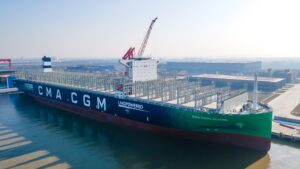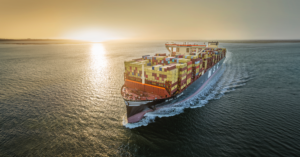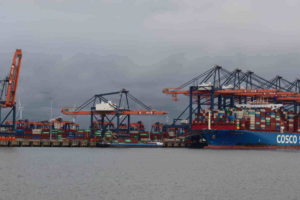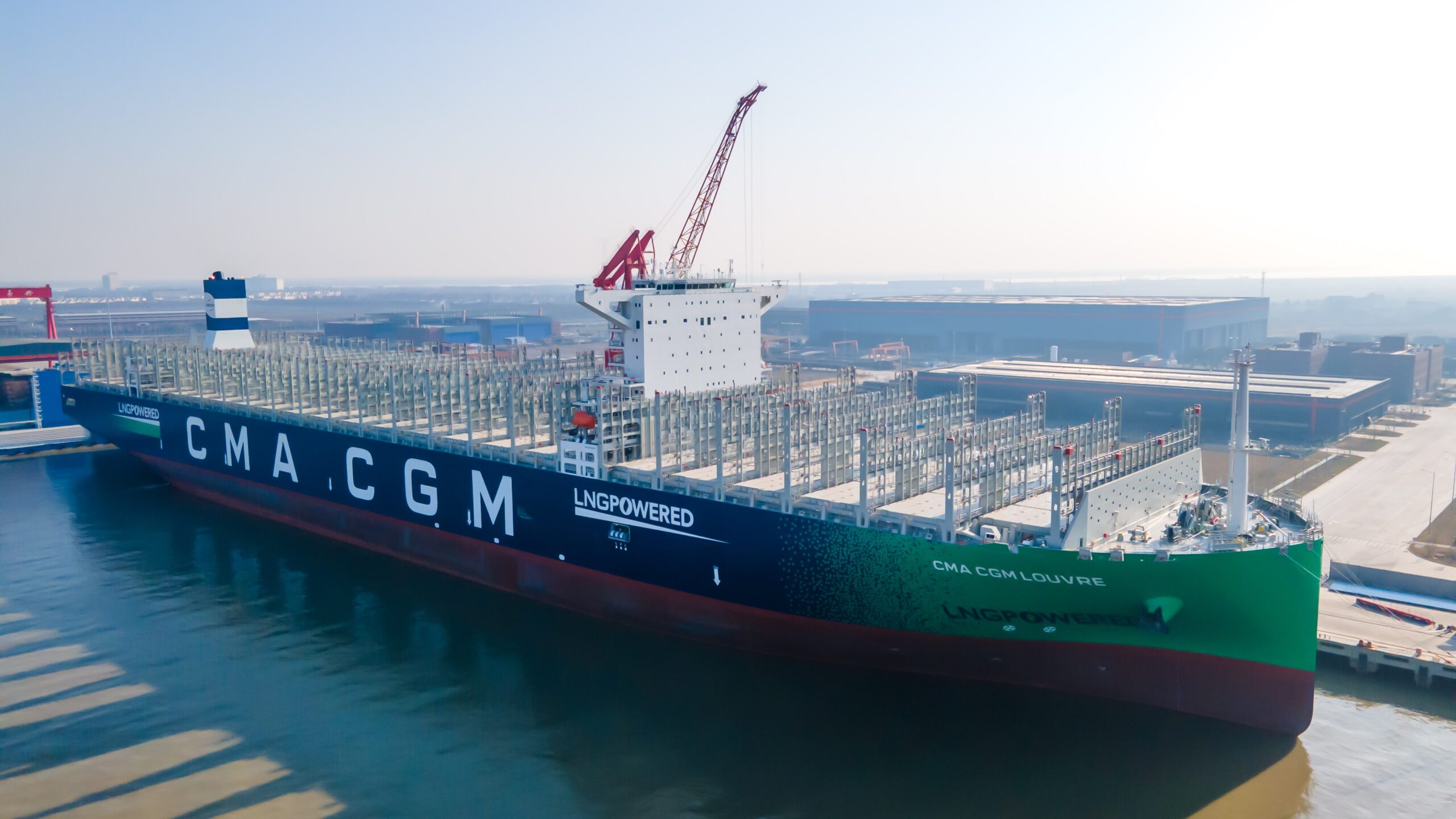Many gaps remain in lifecycle analysis guidelines for marine fuels as negotiators reach halfway point to initial draft.
Accounting for emissions from biofuels and LNG are proving challenging points for IMO delegations charged with drafting guidelines on the lifecycle greenhouse gas intensity of marine fuels. The guidelines, which will play an important role in driving marine fuel regulation and demand, are being discussed at IMO talks this month, with a first draft due to be decided in July next year.
Lifecycle analysis (LCA), or well-to-wake (WtW) analysis, is seen as fundamental to accurately accounting for shipping’s emissions and for setting future targets and other policy measures. A dedicated correspondence group, established just six months ago, will submit its interim report to IMO’s next Marine Environment Protection Committee (MEPC 79) meeting when it starts on 12 December.
The group has made progress in deciding the fuel pathways to consider and the structure of a ‘fuel lifecycle label’ that will be used to derive a fuel’s emissions factors for other IMO regulations, potentially including the Carbon Intensity Indicator (CII) and energy efficient design indexes for new and existing vessels (EEDI and EEXI). But key decisions still need to be taken on measuring the impact of fuels.
Certifying biofuels
At MEPC 78 in June, India urged IMO to draft early guidelines for biofuel use, noting that current regulations do not fully account for the emissions benefits. In a submission to MEPC 79 India asks that any fuel made from recycled sustainable biomass, that does not compete with food and fodder for land use, should be certified as a sustainable fuel under the LCA guidelines. These fuels should have zero carbon impact when used in CII calculations and for input to IMO’s Data Collection System, from which EEXI and EEDI are derived.
That stance differs from the correspondence group, which has generally agreed that the differing energy use for the production and conversion process of biofuels needs to be considered in a final emissions factor. The impact of using land that could be used for other purposes is also debated. Brazil, for example, argues that regional variations in conditions and regulatory framework need to be taken into account. The Brazilian climate allows for up to three harvests a year, reducing land competition, while laws govern the percentage of land that can be used for agriculture.
A submission from the Clean Shipping Coalition urges the group to restrict its consideration to residual and waste feedstocks, which do not compete with agriculture for land use. So far, the correspondence group has declined to narrow its biofuels focus due to the complexity of modelling the effects of competing land use on emissions.
Measuring methane
Accounting for the use of LNG, in particular the release of methane, is another complex discussion. Methane emissions and slip will be included in any lifecycle analysis, and the end impact on overall emissions will likely be differentiated depending on the onboard technology used; different engine concepts as well as turbines and fuel cells all result in different methane emissions and slippage.
A submission from the Royal Institute of Naval Architects aims to pave the way for these discussions by exploring the impact of engine types, abatement technologies and operational factors in reducing methane emissions. The correspondence group will discuss how to account for emissions from LNG later in the drafting process.
Methane emissions are an important element of another discussion, on the timeframe under which emissions should be monitored. Methane has a very high short-term impact on global warming, but becomes inert far quicker than CO2.
At present, the correspondence group aims to consider all lifecycle emissions over the longer 100-year timeframe used by the International Panel on Climate Change, possibly also indicating the shorter 20-year impact for comparison. The Clean Shipping Coalition instead suggests that the 20-year value be the primary factor, to better measure the impact of using LNG when seeking to meet the Paris Agreement, which demands emissions reductions far sooner than 100 years’ time.
The group’s decisions will have a big impact on how future IMO regulations accommodate LNG and biofuels. With other solutions also to be discussed, including how onboard carbon capture should factor into lifecycle analysis, shipping’s future fuel and technology choices rest in no small way on the outcomes from this small subset of climate negotiation








































